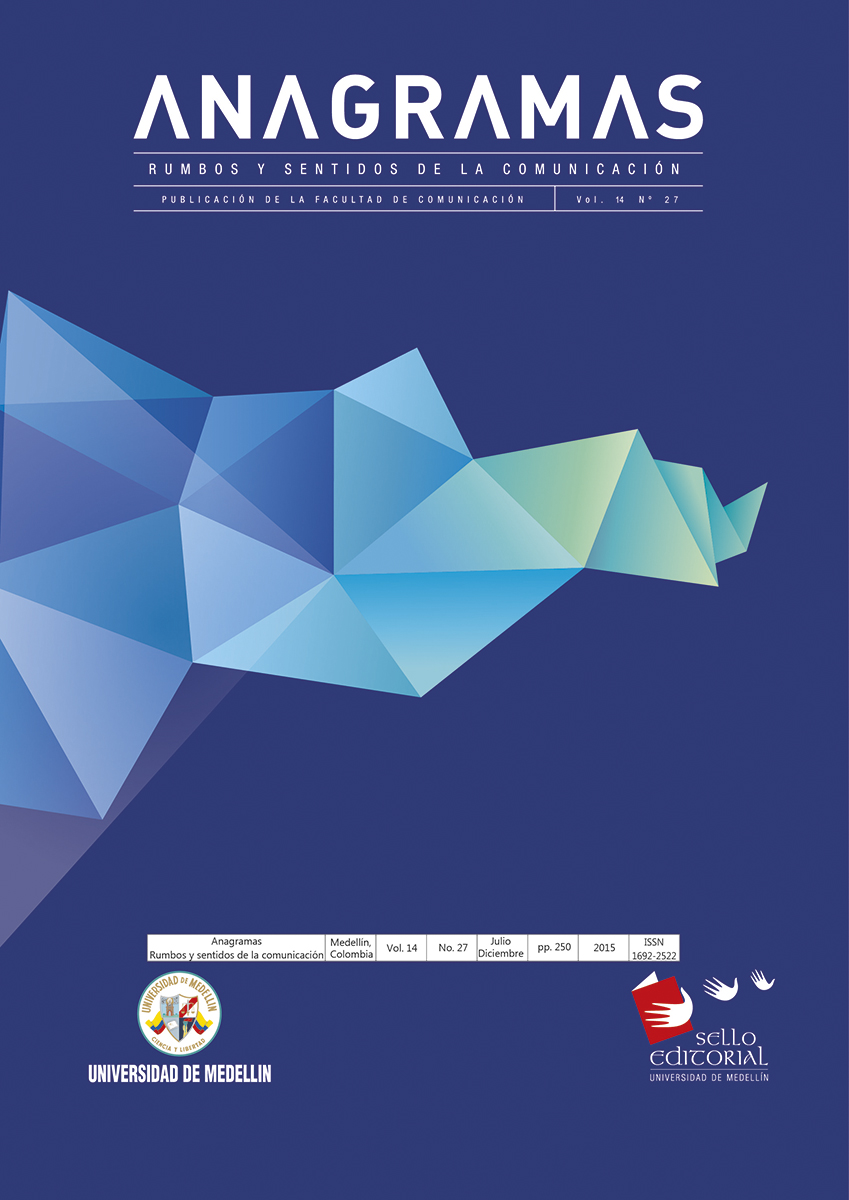Internet’s possibilities in the reconfiguration of the primary social network of the elderly, which is fractured due to the effect of migration The case of the elderly with migrant relatives in 6 municipalities of Quindío
Main Article Content
Abstract
This article shows how Internet becomes an important communication tool for reconfiguring the primary social network of the elderly, which is fractured due to the effect of migration.
In the research that generates this article it was possible to confirm that this network is currently divided into the primary natural network, formed by the relatives and friends with whom they share their daily life, and the primary virtual network, which is formed by the migrant relatives.
The paper focuses its interest on presenting the characteristics of the primary virtual network, in which the elderly found themselves impelled to participate in order to satisfy their communicational needs. This network fulfills the function of maintaining, although not expanding, their primary social network.
The results show four aspects: the digital competences developed by the elderly, the structure, the functions, and the bonding attributes of the primary virtual network. For conducting this study, the work of authors such was Cabrera; Castell; Madarriaga, Abello & Sierra; Narváez A.; Soto, Navarro & Sánchez; Tovar & Villarraga was consulted.
It was an ethnographic research with a qualitative approach. Semi-structured interviews were performed. The fundamental theory of Strauss & Corbin (2002) was used for processing the information.





